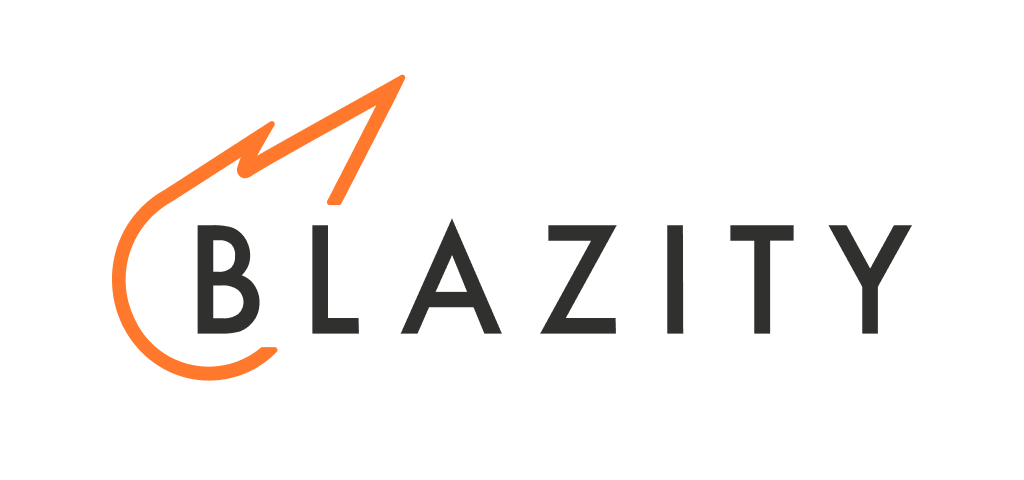Having your website hacked is akin to waking up and realizing that you’ve been robbed in your home in the middle of the night. And then you start asking questions like how or why this happened because you feel like the effort, time, and money you invested on your site just went down the drain.
You may see the usual signs that your website has been hacked, like seeing spam or malicious ads on your site, your website is malfunctioning or is defaced, or your visitors are re-routed to other websites, among others. But sometimes, the hacking isn’t as obvious so hackers can keep using your website for their own gain.
If you think your website has been hacked, it pays to stay calm. There’s no need to panic because there are solutions to your problem at hand. Your website is going back online and your SEO practices, rankings, and target audience would not have been in vain.
What Happens Now?
In the unfortunate event that your website gets hacked, how long it takes for your site to go back online and how much it will cost you to do that will rely on how prepared you are in case something like this happens.
If you’ve prepared for scenarios like these, then chances are you have a backup. A backup can be a godsend since it will allow your site to be back online in a few hours or so. However, if you’ve somehow overlooked preparing and having a backup, then there are some ways you can do to bring back your site.
Direct the Flow of Traffic
If you landed on a website that looks suspiciously hacked, would you feel comfortable staying on that page or transacting with that business? Probably not. You’ll probably look for another business that’s more in control when it comes to scenarios like these.
You’ll need to inform your site visitors that your website is currently under maintenance. It’s better to show that you are on top of things and you’re doing something about it, rather than leaving your site the way the hacker has left it while your team comes up with a solution. Redirect all your traffic to a new page with a message that says that your site is temporarily unavailable since it’s under maintenance in the meantime.
Get Your House Cleaned
Remember when I said getting your website hacked is like getting your house robbed? Well, after the robbers left, they might have left some mess behind after they rummaged through your stuff.
The next thing you’ll have to do is to call a professional and have your website cleaned. They’ll have to check your website for malicious codes embedded in it and remove them. Usually, the malicious code copies itself to different files so it’s better to stay offline while the cleaning is being done to prevent the code from making more copies.
Change All Passwords
Once your team is finished cleaning your website, they’ll have to install your site to a subdomain. Then, they’ll run it through a site checker to ensure that they cleaned everything.
And once you and your team are confident that all the malicious codes have been taken out, you can now replace the lone page that bears your under-maintenance message for your visitors. You can now replace it with a newly cleansed and more secure website.
Also, ensure that you change all your passwords into strong passwords, especially for all your backend administrator accounts on the website.
Now What?
Now that your website is up and running again, you may need to look for a new hosting provider that offers hacker-proof features like a quick restore and nightly backups. If your hosting provider offers those services in the first place, you wouldn’t have gone through the long and arduous process of claiming your website back.
Hosting providers offer different plans and packages, but make sure you look for the quick restore feature to prepare for scenarios like these. Various hosting providers may have different names for this feature. But in essence, it mainly creates a backup for your site every day and you can restore it to the previous version should your site get hacked.
Why Did Your Site Get Hacked?
Once the dust settles and everything starts going back to normal, you’ll have to make an assessment of why your site got hacked in the first place.
There are plenty of reasons why websites get hacked. Most of the time, hackers hack websites in bulk. They do this because they are being paid to steal as much information as they can or for exposure. Sometimes, hackers do it to get paid. They can use a bot that targets a certain plug-in. And they’ll also use the same AI to search for thousands of websites that use the plug-in. If the hacker can access a few sites and install ads, then they get paid. Some hackers may also get paid for identity theft.
Another common reason that websites get hacked is that newbie hackers need something to practice on. They start with websites that have weak security. Then they move on to more difficult sites, so they’ll become better at what they do.
The Best Thing You Can Do
Most of the time, hackers gain access to websites because they’re not upgraded to the latest version. If some of the elements of your site, like plug-ins, are still in the outdated version, they serve as an entryway for hackers because their vulnerabilities aren’t patched yet. And that’s why one of the best things you can do to prevent hacking of your site is to ensure that everything that needs to be updated is updated.
Final Thoughts
Getting hacked can happen to anyone. And since our websites are one of our valuable digital assets, it only makes sense that we do what we can to make them more secure. So, if you happen to experience getting your website hacked in the future, you’ll know that there’s no need for you to panic. There are solutions that you can do to make your website live again.






